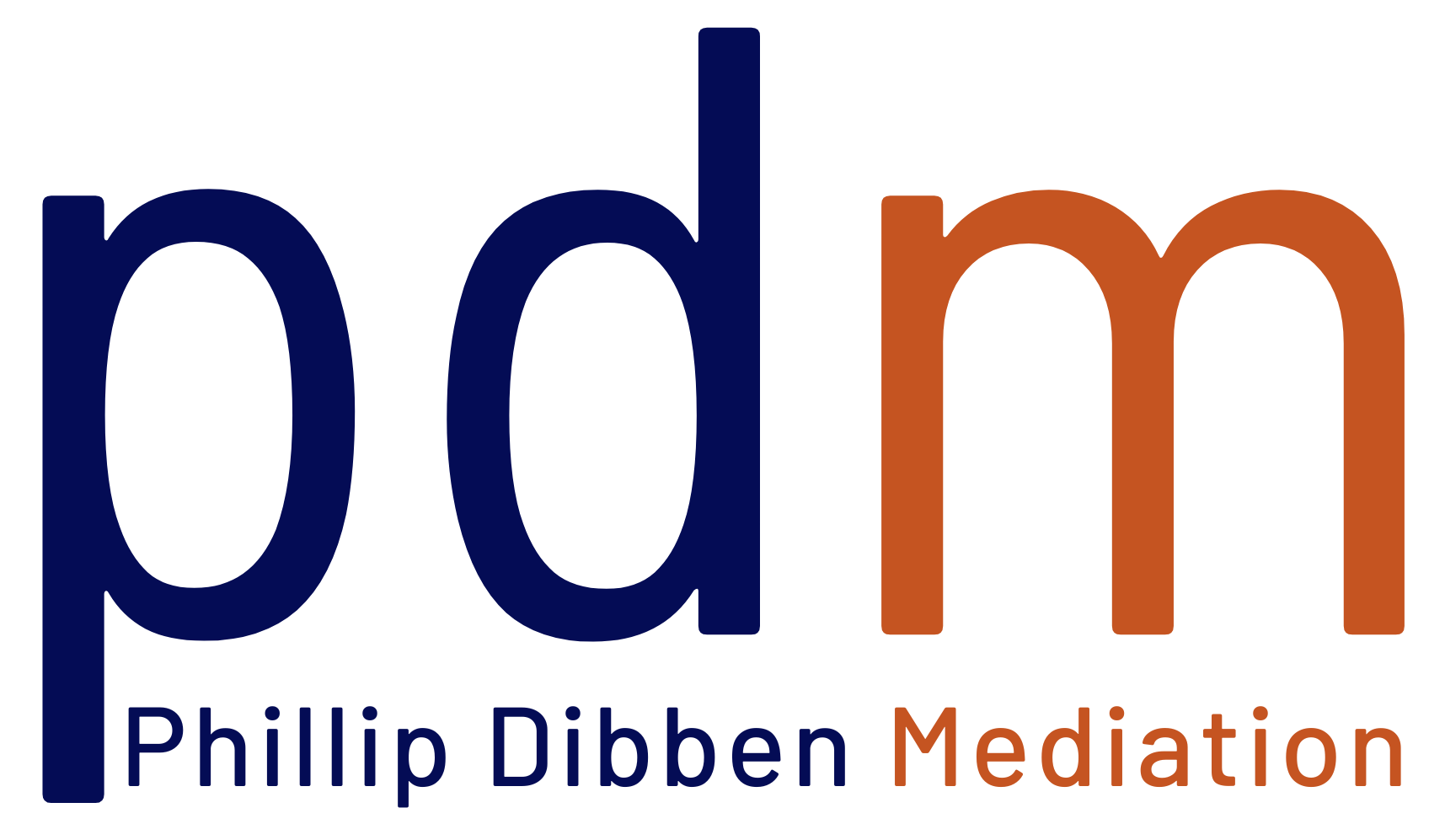You’ve built your BATNA – WATNA – ZPOA (no, they’re not sound effects, check out my last article)
Each party has explored what the alternative outcomes might be from their perspectives in the semi-safe environment of a closed meeting between their teams and the mediator. Remember, everything discussed in these meetings remains confidential unless the mediator is expressly instructed to share specific information. What’s the next phase?
Now it’s time for the parties to jointly generate and explore the possible options for resolution. While this is ideally done in the same room, your mediator will make alternate arrangements if it’s better in your particular circumstances.

Options may become apparent from the exploration stage and/or the separate sessions, especially if there is a level of overlap in the ideas from each party (your ZPOA). Your mediator will create an opportunity for participants to brainstorm options that may or may not have been raised previously. Those options might be expanded through refining the ones already tabled, by new ideas being sparked in the discussion, or by mapping needs/interests and objectives and looking at how to meet them.
A current scenario is a classic example. While not strictly mediation, the principles are the same. We have been working with a farmer who is keen to retire and pass on the family farming business to two of his children, keeping the generational family property in the hands of the direct family. The problem is, the farm is not big enough to support them all and there are also non-farming children who need to be considered.
From our initial discussions with two of the three core participants, we all thought we had the bones of an agreement coming together. Once the third member was able to voice their concerns about the direction they thought the plan was heading, it all came to an abrupt halt – in a good way. Miscommunication and misinterpretation can get in the way if there is not an agreed path as to the way information should be relayed. Once we were able to clarify points and get extra input, we were able to work out where we needed to head.
Following this last meeting we do not yet have a clear Succession Plan, however we have new ideas in the pot and a clear pathway as to the actions and steps that need to be successfully achieved to build a plan that will be sustainable.
The moral of the story:
It is important to build your BATNA – WATNA & ZOPA in a safe environment, but lasting agreements come from a commitment by all parties. The key is finding a way for everyone’s voices to be heard in a safe way. This does not have to be via direct communication, it can be via multiple channels such as phone calls, zoom, emails, using a third party, formal and/or informal meetings. Another key is to listen in proportion, you have two ears and one mouth for a reason. Listen and listen again to what the other party is really saying – you may be surprised. They could be saying the same thing you are, just in a different way. Sometimes it is the confrontational environment that gets in the way of good decision making.
If you would like to find out more about our services, please contact phillip@pdmediation.com.au
References:
- Australian Disputes Centre Training Guide, 2021
- NADRAC (Australian Dispute Resolution Advisory Council), Your Guide to Dispute Resolution, 2012
- How to Win Friends and Influence People, Dale Carnegie
- Staying with Conflict, Bernard Mayer, 2009, John Wiley & Sons
- “Communicating with Confidence” GRDC Farm Business Update Clare 2021, Sam Trattles




